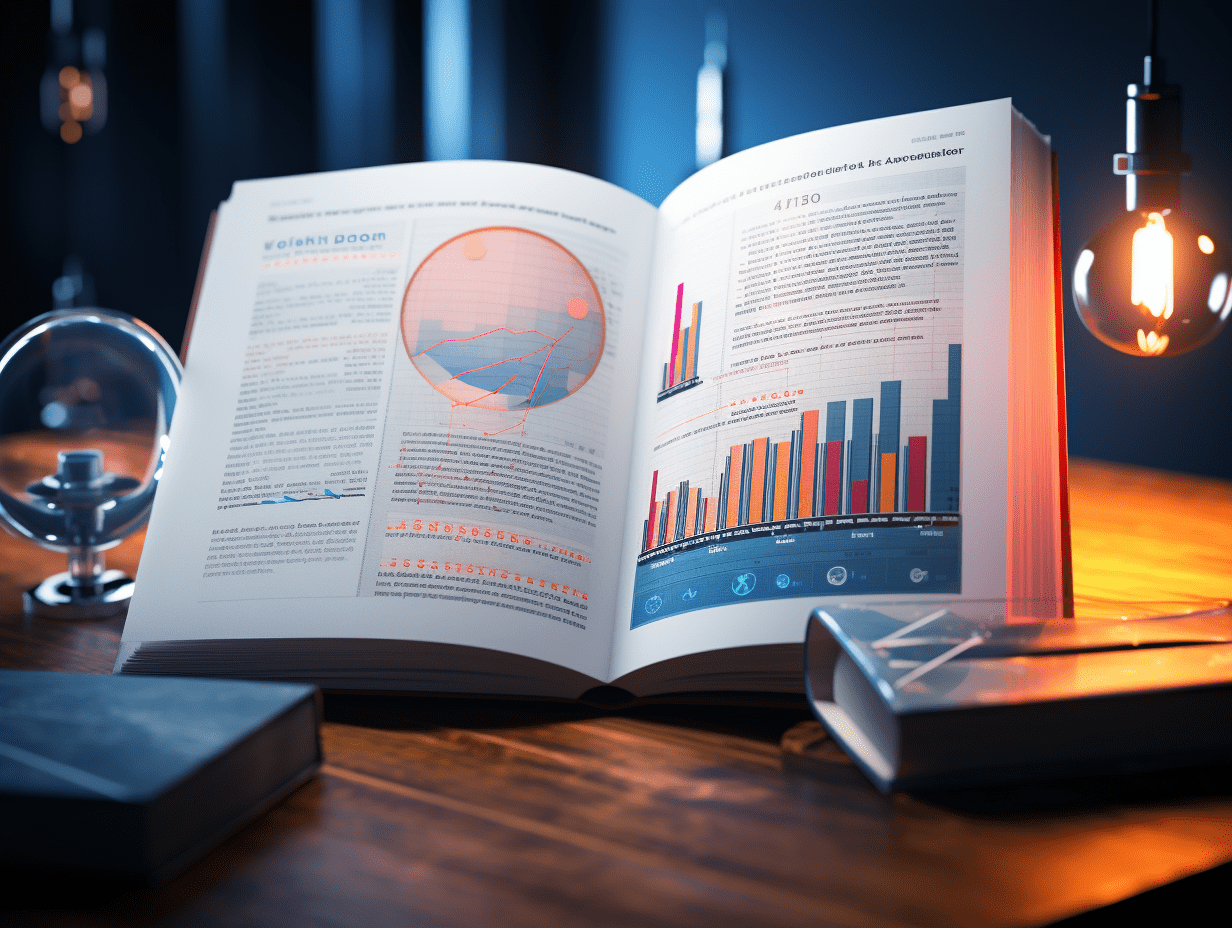The US stock market's third quarter report has started, AI is still the focus, and tariffs are back in sight.
Analysts expect a 7.4% growth in profits for US stocks in the third quarter, investors will be "unforgiving" towards companies that fail to meet expectations.
The opening of the third quarter report of the US stock market is next week and the epic gains have pushed expectations to a high level, making the earnings season a "time to cash in."
The S&P 500 index has risen by 11% so far this year, partially driven by the artificial intelligence boom. Analysts expect a 7.4% increase in profits for US stocks in the third quarter, and investors will be "unforgiving" towards companies that fail to meet expectations.
Against the backdrop of escalating trade tensions and concerns about the AI bubble, US companies need to deliver strong performance to justify the S&P 500 index's nearly 32% increase since its low point in April. Wall Street will focus on a range of potential tricky issues, from the sustainability of AI spending to the impact of tariff increases on company profits.
President Trump's latest comments on tariffs have once again made trade concerns the focus of the market. Deutsche Bank stated that without the impact of tariffs, profits in the third quarter for the S&P 500 could have been even higher.
Leading the way in this earnings season are major US banks such as JPMorgan Chase, which will announce their latest financial results next week, with tech giants becoming the focus later this month. CFRA's Chief Investment Strategist Sam Stovall stated:
"I believe investors will be unforgiving of any mistakes - whether it's a decline in profits or a slip in expectations."
The impact of tariffs is becoming evident, and investor patience is running out.
After months of high tariffs, third-quarter earnings are expected to show the impact on companies. Deutsche Bank analysis shows that without the impact of tariffs, profits for the S&P 500 in the third quarter could have been higher by one percentage point.
Eric Freedman, Chief Investment Officer at Bank of America, pointed out that although investors gave companies a "pass" in the first few quarters regarding delayed tariff guidance, it's unlikely to be the case this time. "We expect companies to provide more clear information, and investors will respond with less tolerance."
Asian countries that exported over $1.3 trillion of goods to the US last year have shown relative resilience to tariff hikes. However, some fund managers believe this is due to a pre-tariff export rush, and expect the impact to be greater once this process ends.
For European companies, a series of downward revisions in profit expectations indicate that analysts have taken tariffs into consideration. The Citi Group index shows a continuous downward trend in expectations since mid-March.
Can the AI investment boom continue?
Global trade uncertainty has not stopped companies from investing in AI. UBS expects global capital expenditures to grow by 67% to $375 billion this year. Data from French Industrial Bank strategists show that capital expenditures as a proportion of sales have reached the highest level in 25 years.
Once companies reduce AI spending, chipmakers like Nvidia and infrastructure and service "star stocks" that soared with the AI boom will lose their reasons to continue the celebration. Mike O'Rourke, Chief Market Strategist for JonesTrading, said that from an investor's perspective, the slowdown will be "like slamming on the brakes."
"I expect to see a lot of stocks enter a real profit-taking mode."
In Europe, industries essential to AI such as telecom companies, power companies, and electricity grid operators could be the biggest losers in the US spending decline. A custom basket of 10 such stocks, including Siemens Energy and Orange created by Bloomberg, has risen by 24% this year.
Focus intensifies on employment data
Investors will also be paying attention to companies' statements regarding the number of employees, as concerns about a weak labor market spread in the absence of key employment data due to the federal government shutdown.
Ross Mayfield, an investment strategist at Robert W Baird, stated that signs of rapid layoffs by companies could exacerbate traders' concerns about weak US consumer spending, affecting a range of retailers, restaurants, and other stocks.
"If we see enough of these situations piled up, especially in the absence of official data, it is a signal that the labor market is weaker than expected."
Double-edged sword effect of exchange rate fluctuations
Although the US dollar has risen against most major currencies in the third quarter, reaching near a two-month high, it is still lower than a year ago and far from the 2022 peak. This is favorable for many US companies - a weaker US dollar makes exporters' products more competitive and helps multinational companies convert overseas profits into US dollars.
Jeff Buchbinder, Chief Stock Strategist at LPL Financial, stated in a recent report that the weak US dollar, along with other factors including AI capital investment, could bring an additional 5-7% upside to current consensus expectations, with profits growing at a low double-digit rate in the third quarter.
On the other hand, as the Euro remains strong, European exporters may face exchange rate headwinds again this quarter. Susana Cruz, a strategist at Panmure Liberum, stated that while the Euro has weakened slightly in recent weeks, the decline came too late to be reflected in financial reports.
This article is reproduced from Wall Street Seen, GMTEight Editor: Chen Wenfang.
Related Articles

Goldman Sachs: By 2026, American households will become the "strongest buyers" of US stocks, with net purchases potentially reaching $520 billion.

After being criticized for their "fantasy economics," the UK Reform Party quickly made a U-turn: abandoning their promise of a 90 billion pound tax cut.

"US junk bonds see the worst drop in six months, and sensitive investors are starting to recall 2007."
Goldman Sachs: By 2026, American households will become the "strongest buyers" of US stocks, with net purchases potentially reaching $520 billion.

After being criticized for their "fantasy economics," the UK Reform Party quickly made a U-turn: abandoning their promise of a 90 billion pound tax cut.

"US junk bonds see the worst drop in six months, and sensitive investors are starting to recall 2007."

RECOMMEND

Comprehensive Subsidy Phase-Out: Is China’s Auto Market Nervous Ahead of Golden Week?
30/09/2025

“A+H” Listing Momentum Continues as 20 A‑Share Companies Plan Hong Kong IPOs, PCB Leaders Dongshan Precision and Hoshine Among Them
30/09/2025

Copper Poised as the “New Oil” as Western Grids Lag Behind China, Goldman Sachs Warns
30/09/2025


